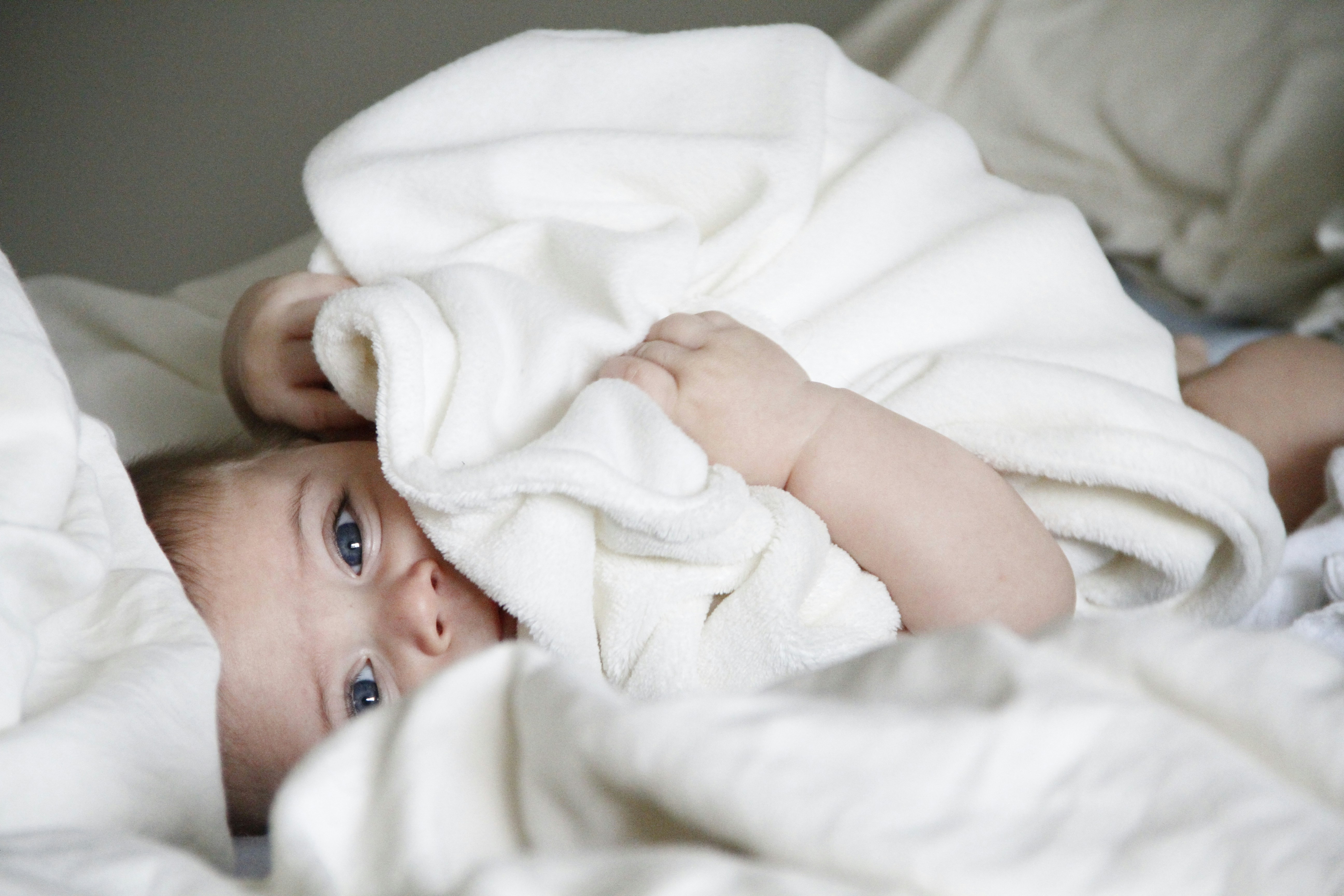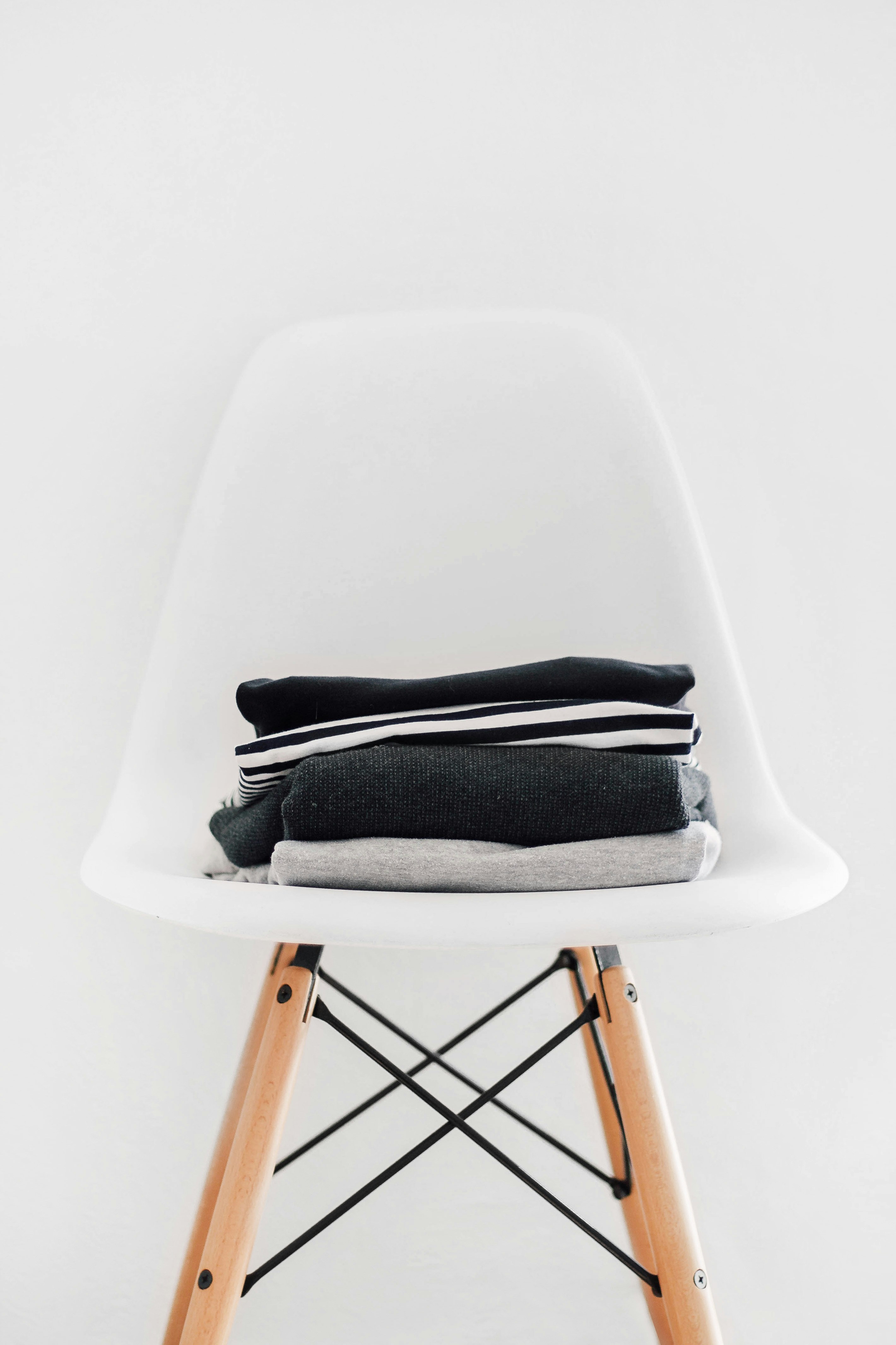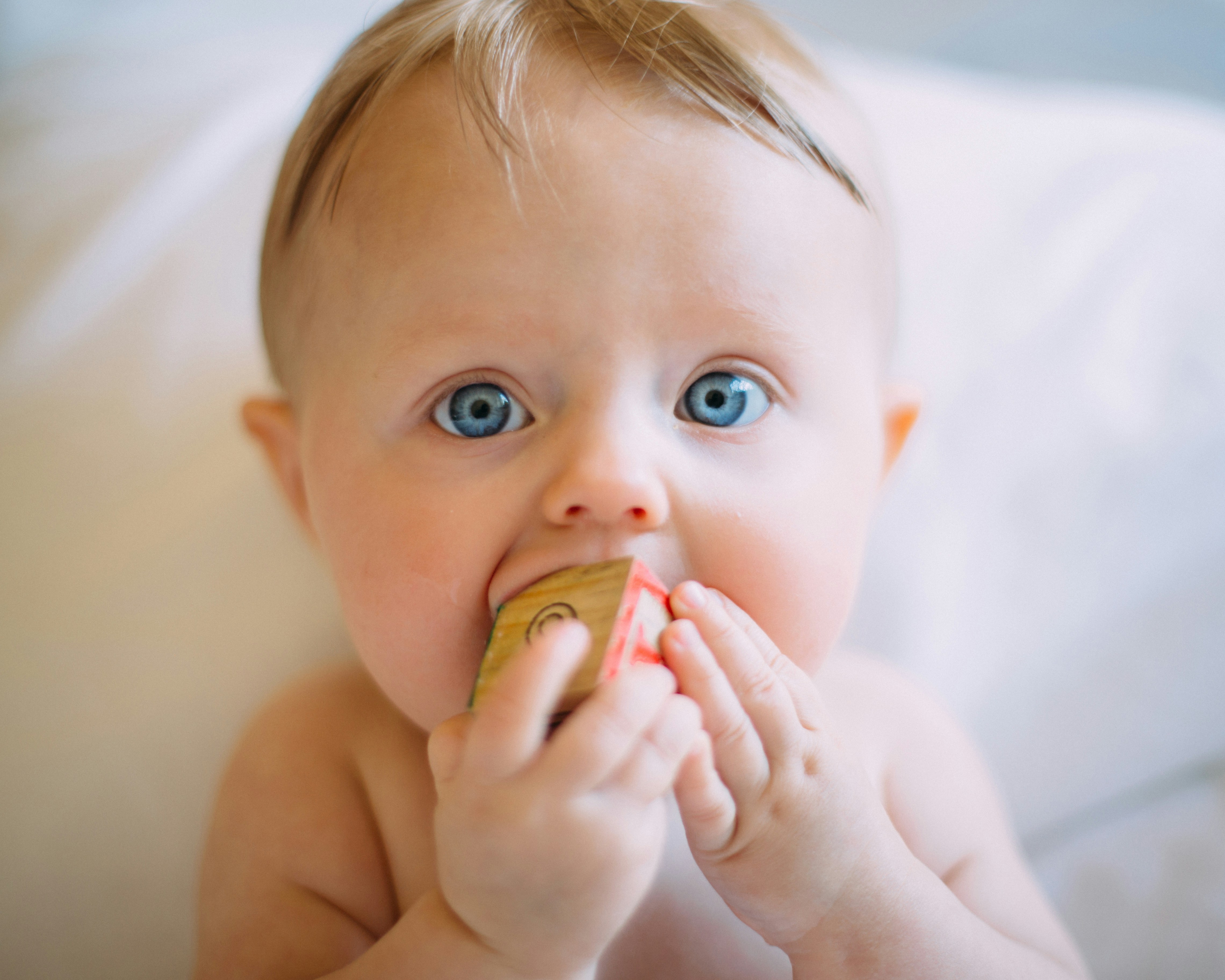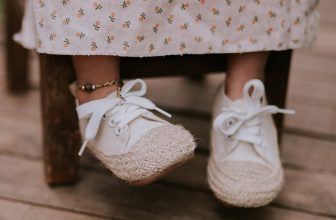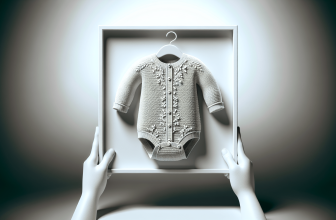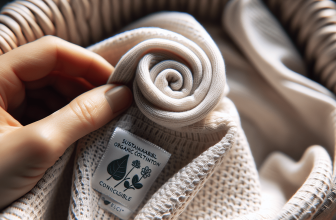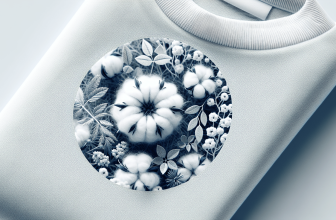When it comes to dressing your little one, comfort and safety are of utmost importance. With so many fabric options available, it can be overwhelming to know which ones are the best for your baby’s delicate skin. In this article, we will guide you through the process of choosing comfortable and safe fabrics for baby clothes. From breathable cotton to hypoallergenic bamboo, we will explore different fabrics that prioritize your baby’s well-being without compromising on style. Get ready to make informed decisions and ensure your baby’s clothing is not only adorable but also gentle on their sensitive skin.
Consideration factors when choosing fabrics for baby clothes
When it comes to choosing fabrics for baby clothes, there are several important factors to consider. Safety, comfort, durability, and ease of care are all key considerations that will help you select the best fabrics for your little one. By carefully evaluating these factors, you can ensure that your baby’s clothes are not only adorable but also safe and comfortable.
Safe fabric choices for baby clothes
Safety is always the top priority when choosing fabrics for baby clothes. Babies have delicate skin that is more sensitive and prone to irritation, so it is crucial to select fabrics that are safe and non-toxic. Here are some safe fabric choices for baby clothes:
Organic cotton
Organic cotton is a popular choice for baby clothing due to its softness, breathability, and hypoallergenic properties. It is grown without the use of harmful pesticides or chemicals, making it a safe and eco-friendly option for your baby’s delicate skin.
Bamboo
Bamboo fabric is another excellent choice for baby clothes. It is silky soft, naturally hypoallergenic, and provides excellent breathability. Bamboo fabric is also known for its moisture-wicking properties, keeping your baby cool and comfortable.
Hemp
Hemp fabric is a durable and sustainable option for baby clothes. It is naturally resistant to bacteria, mold, and mildew, making it a safe choice for babies with sensitive skin. Hemp fabric is also highly breathable and becomes softer with each wash, ensuring optimum comfort for your little one.
This image is property of images.unsplash.com.
Understanding fabric labels and certifications
When shopping for baby clothes, it is essential to understand fabric labels and certifications. Look for these certifications to ensure that the fabrics meet safety and quality standards:
GOTS (Global Organic Textile Standard)
The GOTS certification ensures that the fabric meets stringent environmental and social criteria throughout the entire production process. Fabrics with GOTS certification are made from organic fibers, free from harmful chemicals and dyes, and produced in a socially responsible manner.
Oeko-Tex Standard
The Oeko-Tex Standard certification guarantees that the fabric has been tested for harmful substances. It ensures that the fabric does not contain any harmful chemicals that can potentially irritate your baby’s skin. Fabrics with Oeko-Tex certification are safe and free from hazardous substances.
CertiPUR-US
CertiPUR-US is a certification specifically for foam materials, often used in mattress and bedding products. While not directly related to baby clothing, this certification ensures that the foam used in baby bedding meets strict standards for formaldehyde, phthalates, and other harmful chemicals.
Fabrics to avoid for baby clothes
While some fabrics are safe and suitable for baby clothes, there are others that should be avoided due to potential safety and health risks. Here are some fabrics to steer clear of when choosing baby clothing:
Synthetic fabrics
Synthetic fabrics, such as polyester and acrylic, are made from chemically produced fibers. These fabrics can be irritating to a baby’s sensitive skin and may cause discomfort or allergies. Additionally, synthetic fabrics are not as breathable as natural fibers, which can lead to overheating.
Flame-retardant treated fabrics
Flame-retardant treated fabrics may sound like a good idea for baby clothes, but they often contain harmful chemicals, such as brominated flame retardants. These chemicals can be absorbed through the skin and may have long-term health effects. It is best to avoid flame-retardant treated fabrics and opt for safer alternatives.
Fabrics with toxic dyes or finishes
Some fabrics may be treated with toxic dyes or finishes that can irritate your baby’s skin or pose a risk if ingested. Look for fabrics that are labeled as free from harmful chemicals and dyes. Natural dyes or low-impact dyes are safer options for baby clothes.
This image is property of images.unsplash.com.
Testing fabric softness and comfort
Ensuring that the fabric is soft and comfortable is vital for your baby’s clothing. Since babies spend a significant amount of time in their clothes, it’s important to choose fabrics that are gentle against their delicate skin. Here are some factors to consider when testing fabric softness and comfort:
Touch and feel
Gently touch the fabric to assess its softness. Look for fabrics that feel smooth, lightweight, and have a gentle texture. Avoid fabrics that feel rough, stiff, or abrasive, as they may cause discomfort for your baby.
Consideration of fabric weight
Consider the weight of the fabric. For baby clothes, lighter-weight fabrics are often preferred, as they allow better airflow and prevent overheating. However, keep in mind that the fabric should still provide enough warmth and protection, depending on the season or weather conditions.
Evaluating stretch and flexibility
Babies are constantly moving and growing, so it is important to choose fabrics that offer stretch and flexibility. Fabrics with some stretch, like knits or jersey, allow for easy movement and provide a more comfortable fit. Ensure that the fabric retains its shape after stretching and does not become distorted or saggy.
Choosing fabrics suitable for different seasons
Seasonal considerations play a crucial role in selecting fabrics for baby clothes. The right fabrics can help keep your baby comfortable and protected from the elements. Here are some fabric choices suitable for different seasons:
Lightweight and breathable fabrics for summer
In hot weather, it is essential to choose lightweight and breathable fabrics that allow for good airflow and moisture-wicking. Fabrics like cotton, linen, and bamboo are ideal for summer as they are breathable and help keep your baby cool and dry.
Warming fabrics for winter
During the colder months, you’ll want to opt for fabrics that provide warmth and insulation. Fabrics such as fleece, wool, and thermal knits are excellent choices for winter clothing. They offer excellent heat retention and help keep your baby cozy and snug.
Layering for transitional seasons
Transitional seasons like spring and fall often require layering to accommodate fluctuating temperatures. Choose fabrics that can be easily layered, such as cotton or merino wool. These fabrics provide insulation without causing overheating, allowing you to adjust your baby’s clothing as needed throughout the day.
This image is property of images.unsplash.com.
Considering fabric care and maintenance
Another important aspect to consider when choosing fabrics for baby clothes is their care and maintenance requirements. As parents, convenience and ease of care are valuable considerations. Here are some fabric care factors to keep in mind:
Machine washable fabrics
Opt for fabrics that are machine washable and can withstand repeated washings. Babies can be messy, and having easily washable fabrics ensures that their clothes stay clean and fresh without causing much hassle.
Avoidance of fabrics requiring special care
It is best to avoid fabrics that require special care or delicate handling. Not only can these fabrics be time-consuming to maintain, but they may also be less durable and more prone to wear and tear. Look for fabrics that withstand regular machine washings and retain their quality after multiple washes.
Durability after multiple washes
Consider the durability of the fabric. Choose fabrics that can withstand frequent washing without losing their shape, softness, or color. Fabrics like organic cotton, bamboo, and high-quality blends are known for their durability and resilience.
Identifying potential allergenic fabrics
Babies can be prone to allergies and sensitivities, so it is crucial to choose fabrics that are hypoallergenic and free from common allergens. Here are some factors to consider when identifying potential allergenic fabrics:
Common fabric allergens
Certain fabrics, such as wool or synthetic fibers, may cause allergic reactions in some babies. Pay attention to your baby’s skin or any signs of irritation when wearing specific fabrics. If any reactions occur, it is best to avoid those fabrics in the future.
Eco-friendly and hypoallergenic fabric choices
Opt for eco-friendly and hypoallergenic fabrics, such as organic cotton or bamboo. These fabrics are less likely to cause irritations or allergic reactions and provide a safer option for babies with sensitive skin or allergies.
Evaluating fabric safety standards
Ensuring that the fabrics comply with safety standards is vital to protect your baby from potential harm. Look for fabrics that meet stringent safety regulations and have undergone third-party testing. Here are some fabric safety standards to consider:
Third-party testing for safety
Fabrics that have undergone third-party testing for safety and quality provide reassurance that they meet specific standards. Look for certifications or labels that indicate the fabric has been tested for harmful substances, flammability, and other safety criteria.
Flammability standards
Flammability is a significant concern when it comes to baby clothing. Choose fabrics that comply with flammability standards, such as those that are labeled as flame-resistant or meet specific safety regulations. This ensures that the fabric has been tested and can resist ignition or burn at a slower rate.
Non-toxic and lead-free fabrics
Make sure to select fabrics that are labeled as free from toxic chemicals and lead. Chemical-free and lead-free fabrics are essential to prevent harmful substances from coming into contact with your baby’s skin or being ingested. Look for certifications or labels that guarantee non-toxicity.
Considering the baby’s skin sensitivity
Every baby’s skin is unique, and some may be more sensitive than others. When choosing fabrics for your baby’s clothes, consider their skin sensitivity and potential reactions. Here are some factors to consider when selecting fabrics:
Avoidance of rough or scratchy fabrics
Choose fabrics that are soft and gentle against your baby’s skin, avoiding rough or scratchy textures. Fabrics like organic cotton, bamboo, or high-quality blends are known for their softness and are less likely to cause irritation or discomfort.
Potential irritants and sensitisers in fabrics
Certain fabrics may contain potential irritants or sensitisers, such as chemicals used in the dyeing or finishing processes. Look for fabrics that are labeled as free from harmful chemicals or processed with natural and non-toxic dyes. These fabrics are less likely to cause skin irritation.
Fabrics suitable for sensitive skin
If your baby has particularly sensitive skin, it is advisable to choose fabrics specifically designed for sensitive skin or labeled as hypoallergenic. Organic cotton or bamboo fabrics are often suitable choices, being gentle and safe for babies with sensitive skin.
By considering these factors when choosing fabrics for your baby’s clothes, you can ensure that they are not only adorable but also safe, comfortable, and suitable for your little one’s needs. Prioritizing safety, comfort, durability, and ease of care will allow you to make well-informed decisions and provide the best clothing options for your baby. Remember to read fabric labels, look for certifications, and trust your instincts as a nurturing parent.

